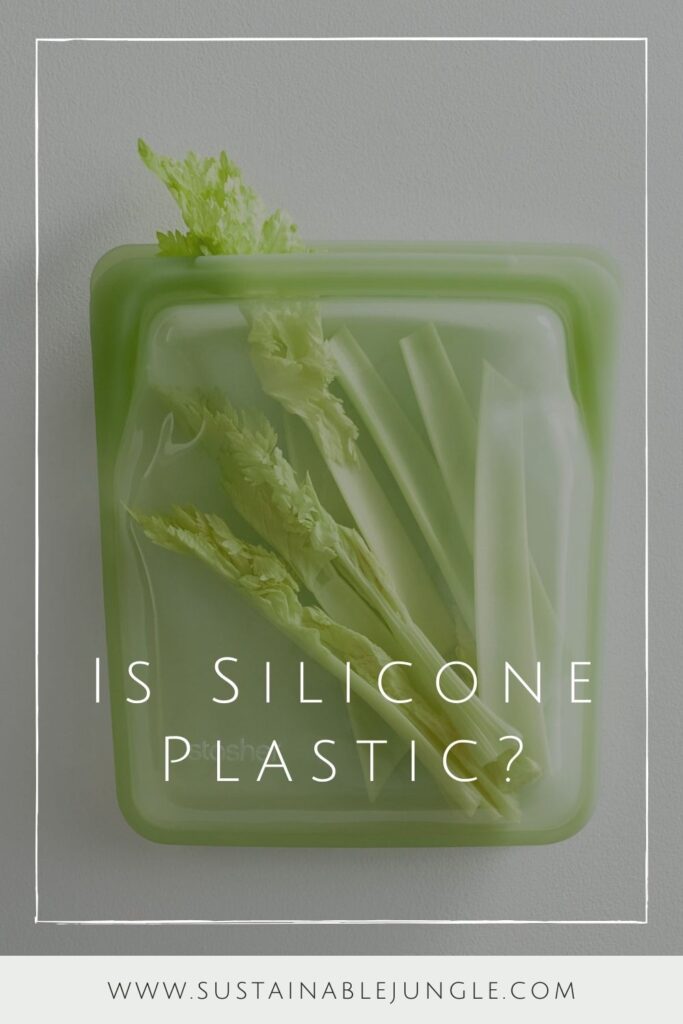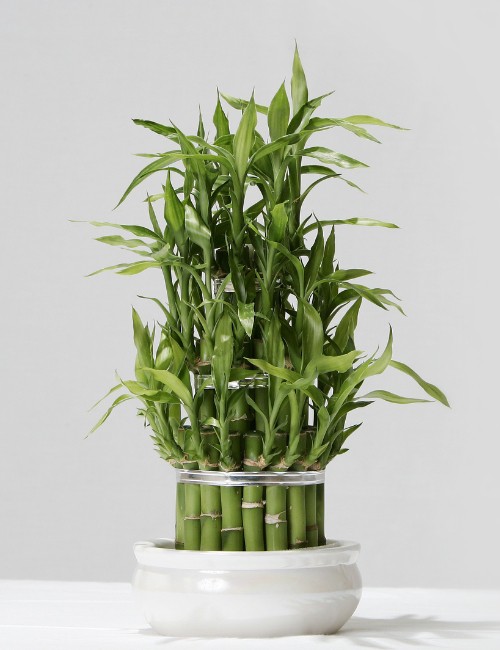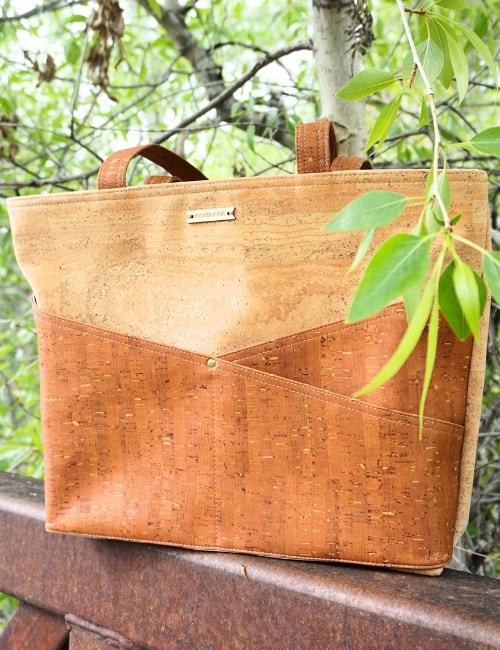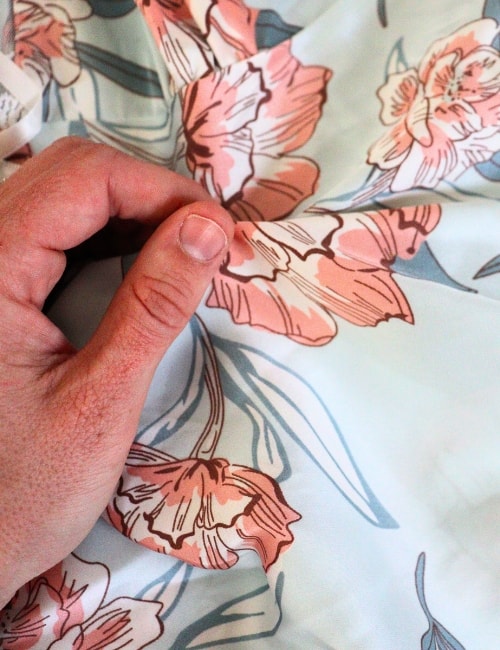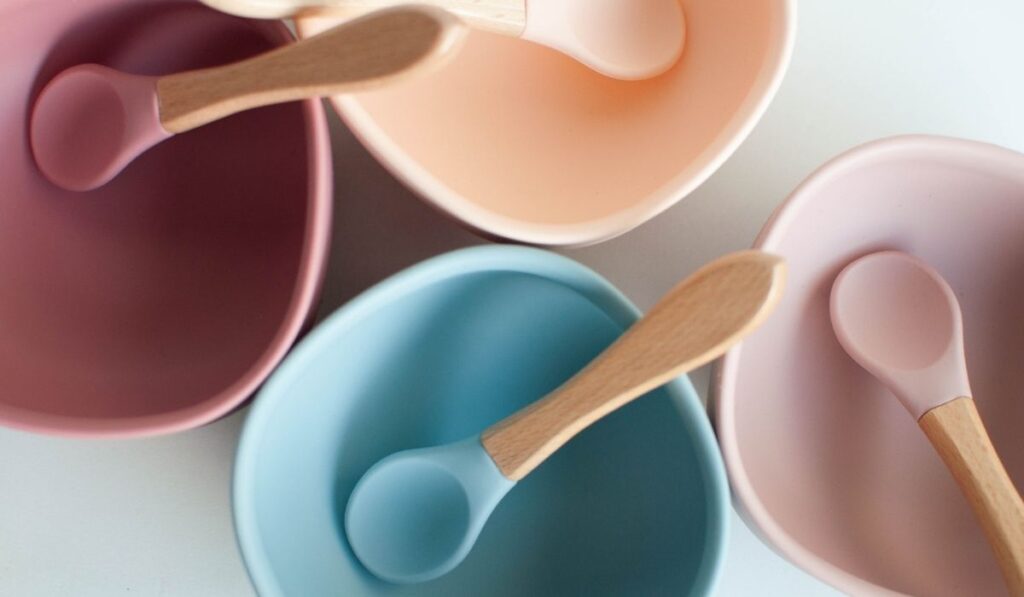
Is Silicone Plastic? Silicone Vs Plastic Properties
Silicone is everywhere.
From eco friendly lunch bags to non-stick bakeware, reusable straws, heat-resistant oven mitts and everything in between.
But what is silicone, exactly? Is silicone plastic? And if so, is it any better than traditional plastics?
To find out whether silicone belongs in our sustainable home we need to do a bit of research. We need to find out what it is, how it’s made, and what impact it has on the environment.
And, because silicone is often found in cookware, food storage and baby items, safety is a big concern.
It’s marketed as a safe alternative to traditional plastics but we want to know if this claim holds up.
We hope you’ll (non) stick around as we dig deep and dish the dirt on this ubiquitous material.
Silicone vs Plastic: Pros and Cons
1. What is Silicone?
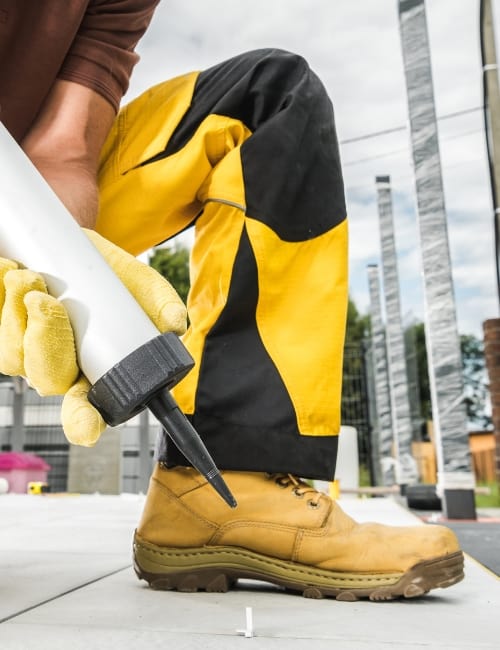
First off, silicone isn’t a singular material.
There are different types of silicone suited to different uses, so think of it more as a category.
All types of silicones are synthetic polymers though which means they’re man-made. You won’t find any silicone in your backyard that’s for sure.
What is silicone made of?
You might have heard that silicone is related to sand and that’s because silicone contains silicon, a natural element found in sand and rock that’s bonded to oxygen.
Greenwashing alert: although silicone does contain silicon it has to go through an intensive process to do this, so any claims of it being a ‘natural’ material are false.
In scientific terms, silicone is made up of a silicon-oxygen backbone with hydrogen and/or hydrocarbon groups linked to the silicon atoms as “sidechains.”
Clear as your high school chemistry class?
What is silicone used for?
Despite its dubious origins, silicone has some pretty unique qualities.
It’s durable and easy to manufacture. It’s also heat resistant and stable in reaction to chemicals.
These qualities make it a super versatile material that’s used in all sorts of industries from construction and electronics to the food industry and personal care.
At home, you’ll find it in various kitchen items including non-stick bakeware, kitchen utensils, oven gloves, pot holders, food storage, baby bottles, bibs and spoons.
You’ll also find it in hair products (more on silicone in shampoo below), cosmetics, skincare, menstrual cups and children’s toys.
It’s safe to say that silicone is here to stay, so before we stock our cupboards with this new house guest, let’s ask a few more questions.
2. Is Silicone Plastic?
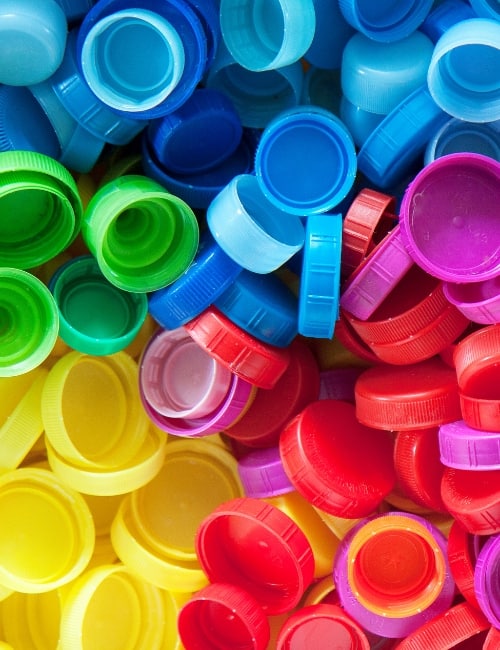
Is silicone a plastic?
Yes. Sort of.
Silicone could be considered a type of plastic. It’s a synthetic polymer like plastic but its chemical composition is different.
Because it can be used to make malleable, rubbery products it’s sometimes also referred to as a ‘synthetic rubber’.
So, is silicone rubber or plastic?
Both. And neither.
You could consider silicone to be a hybrid that sits somewhere in between plastic and synthetic rubber, but its unique qualities set it apart from both of these materials.
Is silicone BPA free?
One way that silicone – at least food grade silicone – is different from some traditional plastics is that it doesn’t contain any estrogen mimicking BPA.
This is good news from a safety perspective. Let’s take a look at some more differences.
3. Silicone vs Plastic

Whilst plastic and silicone are both synthetic polymers, they are very different materials.
Advantages of silicone over plastic:
- Silicone is extremely durable and will last for a long time, much longer than plastic.
- Unlike plastic, silicone is stable when heated (up to a certain temperature).
- Depending on the type of silicone and how it’s made, silicone can be non-toxic and free of harmful chemicals.
However:
- Silicone is more difficult to recycle than plastic.
- It can still contain toxic ingredients and its safety for food contact materials, cookware and cosmetics is questionable (more on this below).
Is silicone safer than plastic?
Silicone is touted as a safer alternative to plastic. But is this really the case?
The stability of silicone means that it doesn’t degrade when frozen or heated making it a safer option than plastic, hence it being the foundation in many plastic free food storage containers.
And because silicone isn’t biodegradable, it’s not going to break down and release microplastic into the environment in the same way as plastic.
It also doesn’t release toxic fumes when it’s burned, unlike plastic.
However, to really understand the safety of silicone we need to dig a little deeper and review the evidence on silicone toxicity.
4. Is Silicone Safe?
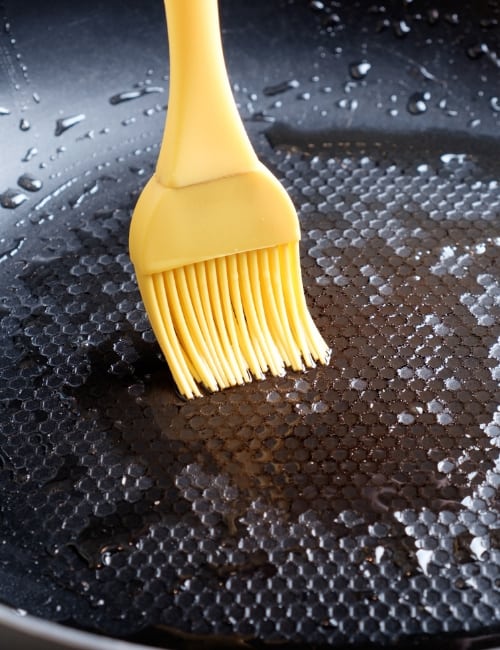
It’s obviously important to know that the products you use are safe for your family.
Researchers have found that many consumer products contain cyclic and linear siloxanes (silicone-based compounds) that us humans are exposed to daily including via indoor air.
But is exposure to these siloxanes is problematic?
Is silicone toxic?
The jury appears to be out on this one.
The variation in chemical groups, particle sizes and molecular weight affect the safety of silicone products and silicone can also contain additives and fillers depending on how it’s been manufactured.
Low molecular siloxanes including octamethylcyclotetrasiloxane (D4), decamethylcyclopentasiloxane (D5), and dodecamethylcyclohexasiloxane (D6) are often found in skincare, hair products and cosmetics.
And it is these smaller molecules that have raised concern in relation to both human health and the environment.
But even so, opinion appears divided.
For example, while Health Canada’s assessment of D5 found that it isn’t a concern for human health or the environment, the European Chemicals Agency has decided that the use of D4, D5, and D6 should be restricted for certain products.
Are some types of silicone safer than others?
Yes. Not all silicone is created equally, and there are different grades depending on the intended use of a product.
Beyond siloxanes, low quality silicone used for bakeware and other products can also contain plastic fillers and additives which negate the benefits of pure silicone.
Far from non-toxic bakeware!
It goes without saying that you should only buy food grade silicone.
What is food grade silicone?
During the production of silicone polymers, there’s a purification stage that removes the low molecular weight siloxanes – the ones that have been flagged as a potential concern to our health.
Food-grade silicone has been ‘platinum cured’.
In other words, using this method the silicone is purified to the extent that it is deemed safe for use in direct contact with food.
What is medical-grade silicone?
The gold standard of silicone.
Medical grade silicone is manufactured to an even higher degree of purity.
It’s used in cosmetic and surgical implants, e.g. breast implants as well as bandages, dressings and contact lenses.
It doesn’t contain toxins, is hypoallergenic and has been tested and approved by the FDA for biocompatibility.
Is silicone safe for cooking?
Yes and no.
Chemical migration from food contact materials is a hot (pot) topic.
There’s been a lot of discussion over the toxicity of plastic but is silicone toxic to humans and should we be wary about using it?
A few years ago, the Food Packaging Forum produced a comprehensive dossier reviewing the chemical migration and toxicology of silicones.
Whilst several studies highlighted in the dossier detected chemical migration below the upper safety limits, one study by the Swiss Federal Office of Public Health found that although stable at temperatures up to 150C, heating above 200C caused a significantly higher migration of volatile compounds.
Which brings us back to the original question is silicone safe for cooking?
A more recent study that looked at off-gassing and chemical migration into food from newly purchased silicone baking molds also raised some concerns.
The authors of the paper concluded that molds should only be used after precleaning and following the strict temperature guidelines recommended by the manufacturers.
So, is silicone oven safe?
Yes.
The general consensus seems to be that silicone is oven-safe if you stick within the recommended temperature range.
However, given that some studies have found otherwise, we think it’s safest to avoid using silicone for cooking.
There are safer alternatives including glass, ceramic and stainless steel.
Is silicone dishwasher safe?
Most food-grade silicone items are supposedly dishwasher safe but much like cooking with the stuff, always check the manufacturer’s instructions to avoid getting into hot water.
We’d actually recommend handwashing, especially where baby items are concerned, as it’s more gentle and gives you a chance to check the item over.
5. How to Use Silicone Safely

Here are our top tips for using silicone safely.
- Keep it cool. Avoid silicone cookware if you can (opt for glass, ceramic and stainless steel instead).
- Check the label. Make sure you are using a good quality food grade silicone from a reputable brand.
- Use the sink. Hand wash silicone items to be sure you’re not degrading them in the dishwasher.
Is all silicone food-safe?
No.
We’ll say it again – it’s super important to make sure that the silicon you buy is food grade.
Regular silicone for industrial use isn’t food safe and lower-quality silicone may contain fillers and additives that would be toxic if it came into contact with your food.
So, how can you tell if it’s food grade?
In addition to buying from a brand you trust, there’s a simple check you can do at home to find out if a product is made from food grade silicone.
Pull, pinch or twist the surface of the item and if you see any white showing through, then the product contains a filler and shouldn’t be used for food.
6. Is silicone recyclable?
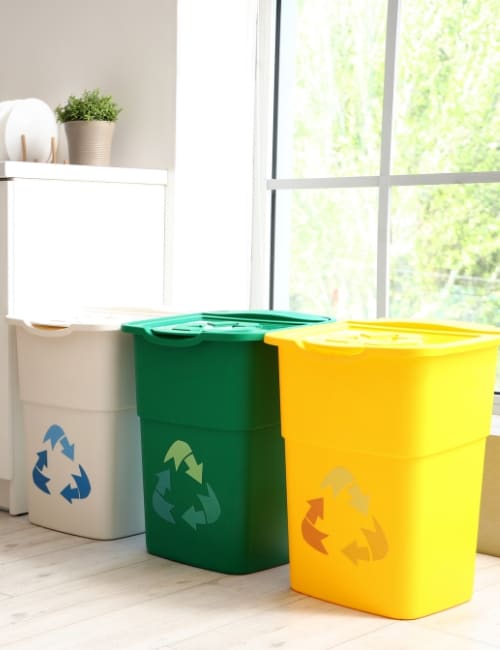
As conscious consumers we want to know what we can do with the products we buy when they get to the end of their usable life.
So, another common question that you might be wondering: is silicone biodegradable or recyclable?
No and yes, but…
Firstly, silicone isn’t biodegradable. It takes hundreds of years to decompose, meaning there’s potential for accumulating large amounts of silicone waste if it can’t be recycled.
So, can silicone be recycled?
Yes, but silicone is very difficult to recycle. It can only be recycled at specialized recycling facilities where it’s often downcycled into a different product.
Also, industrial waste composed of just silicone is easier to recycle than consumer waste where silicone is attached to other materials.
Final Thoughts On How Eco Friendly Silicone Is
From shampoo to spatulas and containers to cookware, silicone is a common household guest.
It’s not the perfect house guest by any means, certainly not the most sustainable food packaging solution, but it is a suitable alternative to plastic in most circumstances.
On the whole, it’s safer than plastic due to its stability and it’s much more durable, so it’s a better option than other types of plastic for items that you use often.
However, we’d recommend using it in moderation, and opt for glass, stainless steel or ceramic alternatives where you can instead.
Silicone is no doubt here to stay.
So share the knowledge with your silicone-loving friends and family so we can all level up our sustainable living set-ups.
